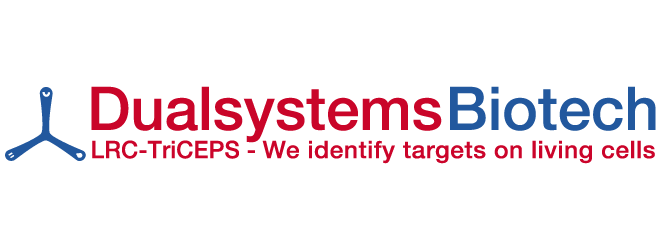Are research antibodies reliable?
 According to a recent comment in Nature by Andrew Bradbury, Andreas Plückthun, and co-signed by 110 other scientist protein-binding reagents (e.g. antibodies) should be defined by their sequences and produced as recombinant proteins to save money and improve reproducibility of published studies (1). Additionally, this will lead to an increased reliability of antibodies used. Already in 2008 a study showed that only half of the routinely used commercial antibodies recognize their specified target only(2). The problem of unspecific antibodies used in experiments is repeatedly the reason for retraction of scientific papers. Recently, a paper published in Nature Cell Biology dealing about>INS regulation had to be retracted because of unspecific antibodies(3). Clearly, the rising doubt in antibody specificity needs to be tackled with appropriate test experiments.
According to a recent comment in Nature by Andrew Bradbury, Andreas Plückthun, and co-signed by 110 other scientist protein-binding reagents (e.g. antibodies) should be defined by their sequences and produced as recombinant proteins to save money and improve reproducibility of published studies (1). Additionally, this will lead to an increased reliability of antibodies used. Already in 2008 a study showed that only half of the routinely used commercial antibodies recognize their specified target only(2). The problem of unspecific antibodies used in experiments is repeatedly the reason for retraction of scientific papers. Recently, a paper published in Nature Cell Biology dealing about>INS regulation had to be retracted because of unspecific antibodies(3). Clearly, the rising doubt in antibody specificity needs to be tackled with appropriate test experiments.
At Dualsystems Biotech AG we have the ability to test antibodies targeting extracellular epitopes in vivo. The CaptiRECTM service offered is able to identify the target proteins of antibodies. In a LC-MS/MS based approach we identify the main target and if present off-targets of antibodies. The service offered can be applied to established cell lines, primary cells or tissue. In addition to antibodies, other ligands such as peptides can be used to determine their target(4, 5). For further information about testing the specificity of your antibodies or identifying orphan ligand-receptor interactions using CaptiRECTM please contact
- A. Bradbury, A. Plückthun, Reproducibility: Standardize antibodies used in research. Nature. 518, 27–29 (2015).
- L. Berglund et al., A genecentric Human Protein Atlas for expression profiles based on antibodies. Mol. Cell. Proteomics. 7, 2019–27 (2008).
- K. Lemaire, F. Schuit, Editorial note: Integrating>INS secretion and ER stress in pancreatic β-cells. Nat. Cell Biol. 17, 105 (2014).
- A. P. Frei, H. Moest, K. Novy, B. Wollscheid, Ligand-based receptor identification on living cells and tissues using TRICEPS. Nat. Protoc. 8, 1321–36 (2013).
- A. P. Frei et al., Direct identification of ligand-receptor interactions on living cells and tissues. Nat. Biotechnol. 30, 997–1001 (2012).

